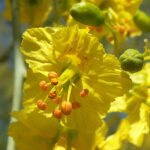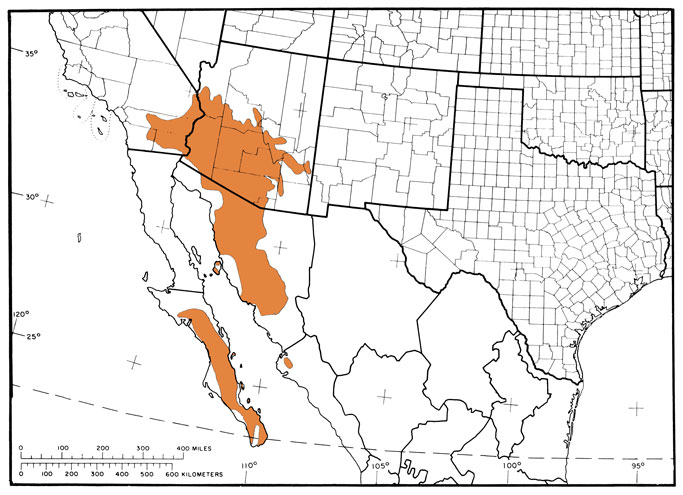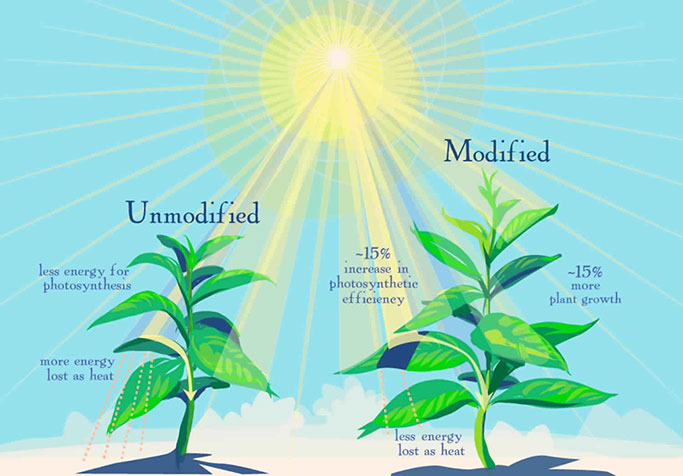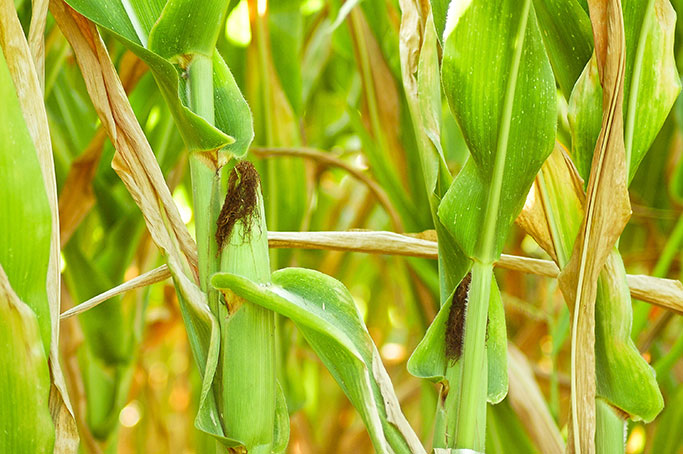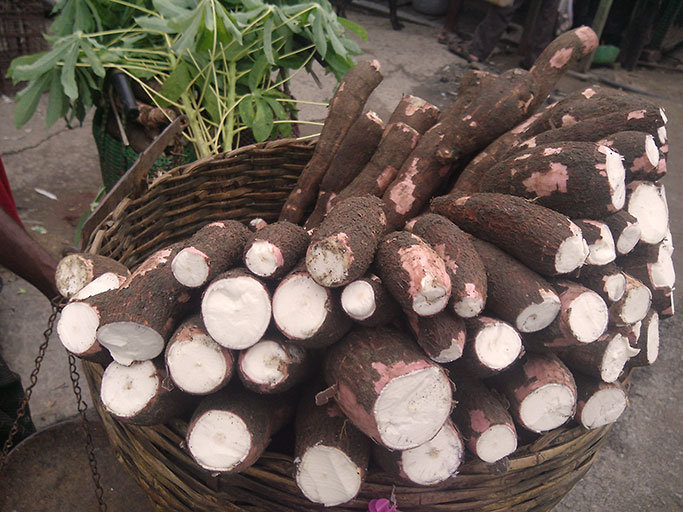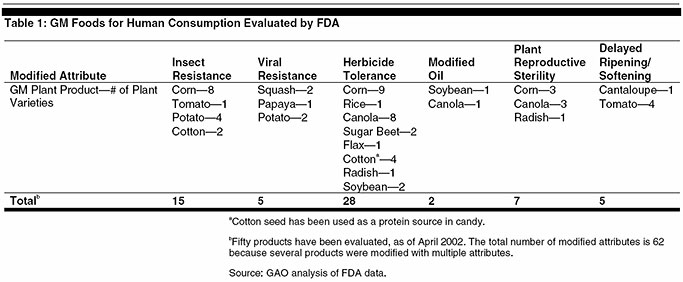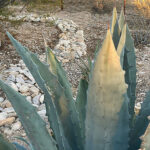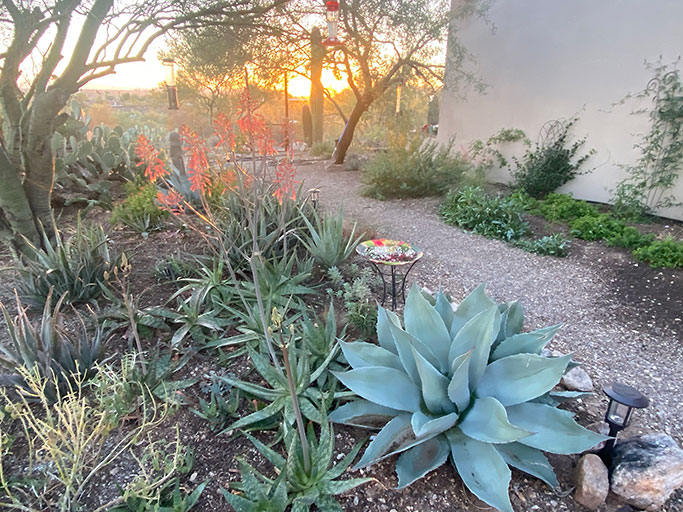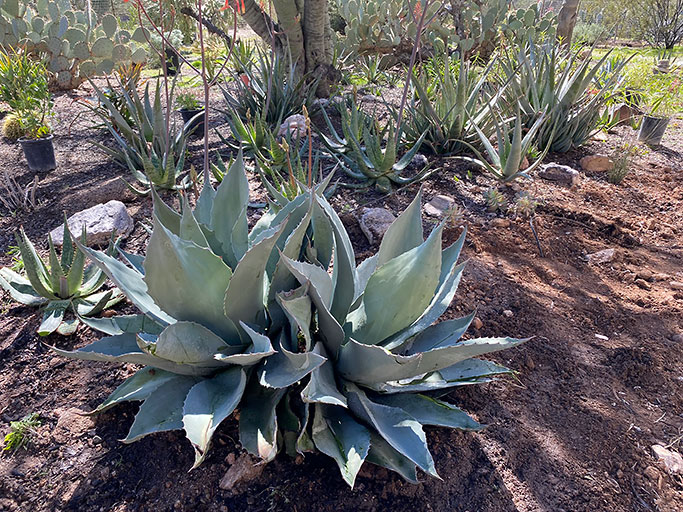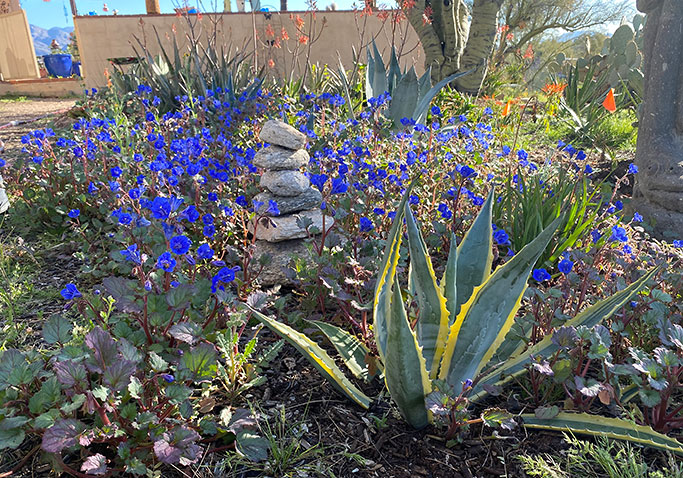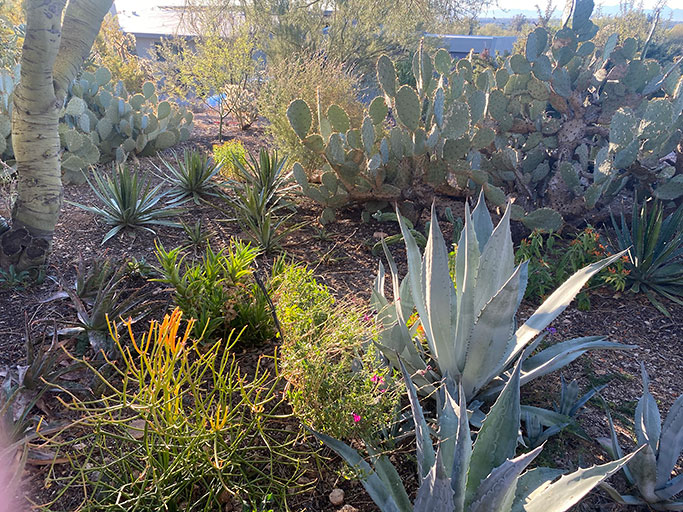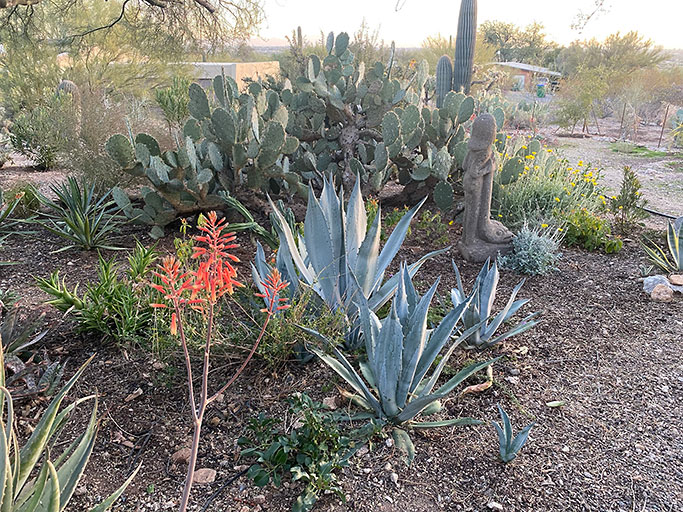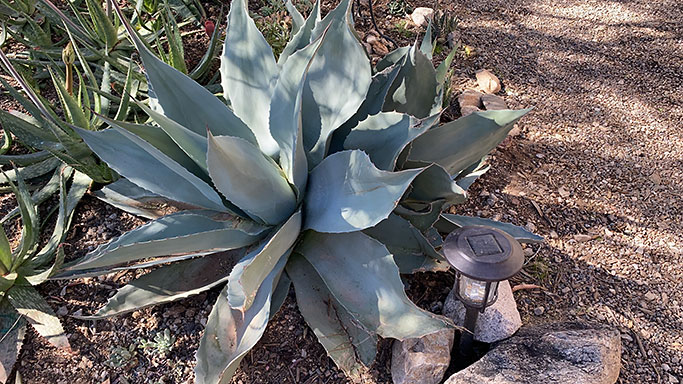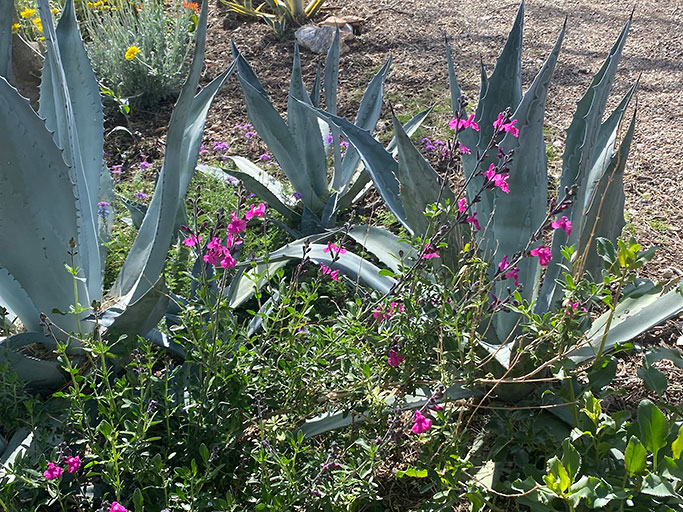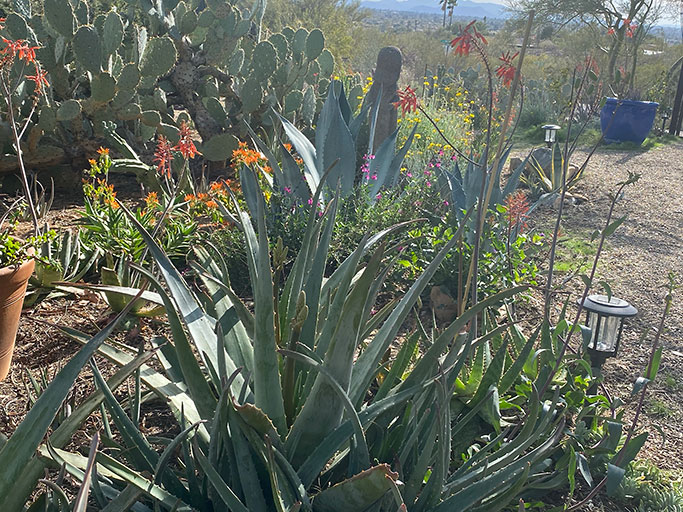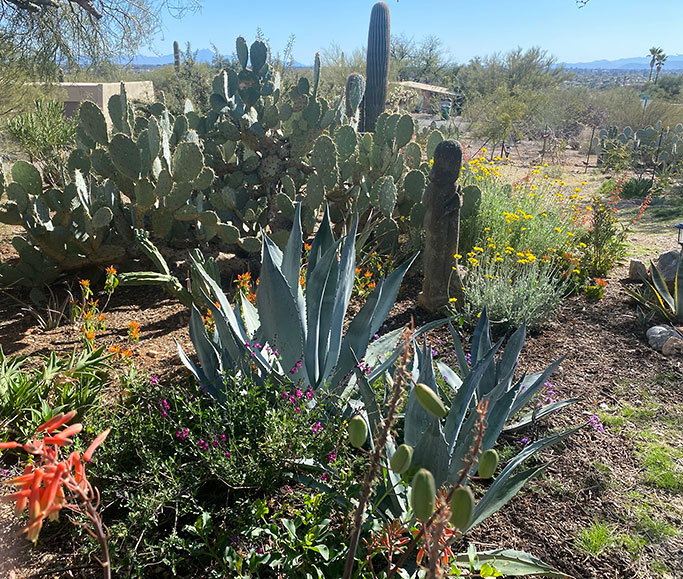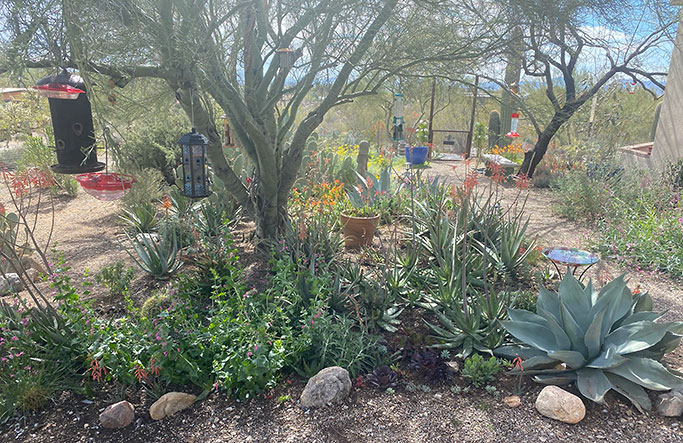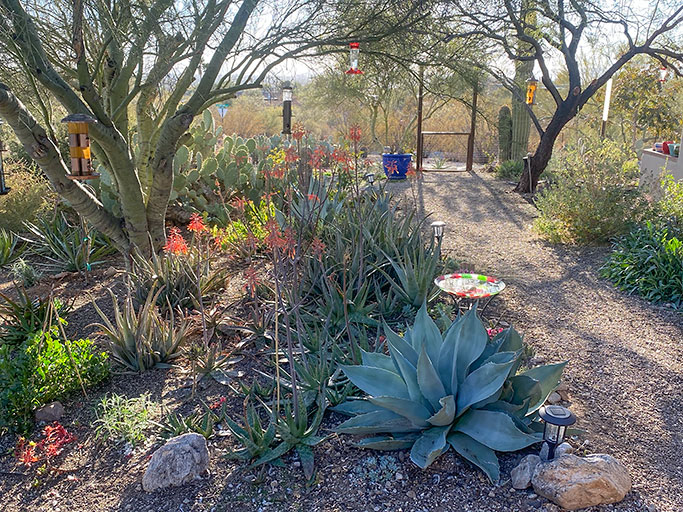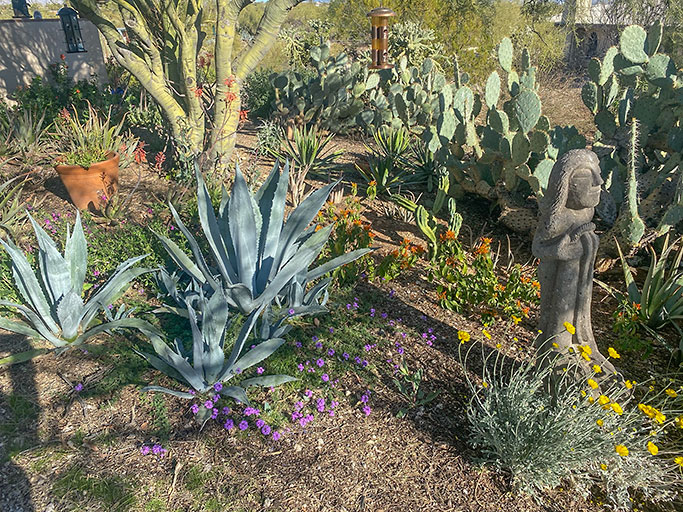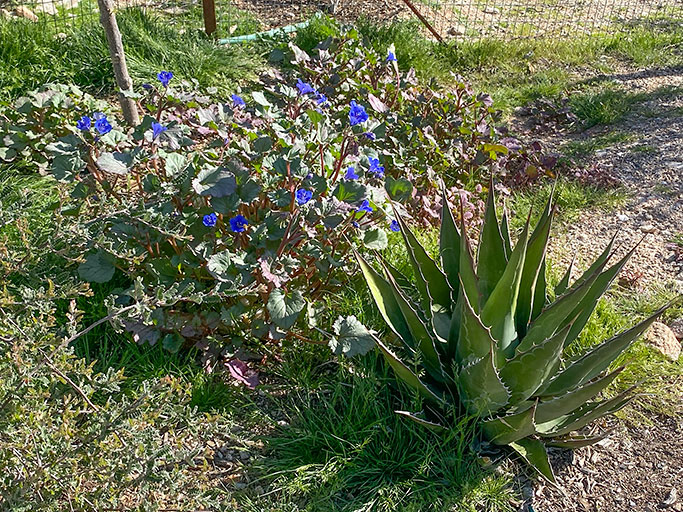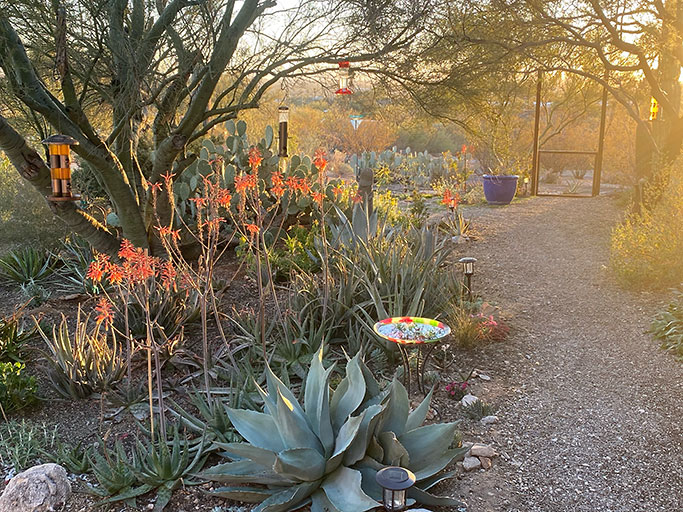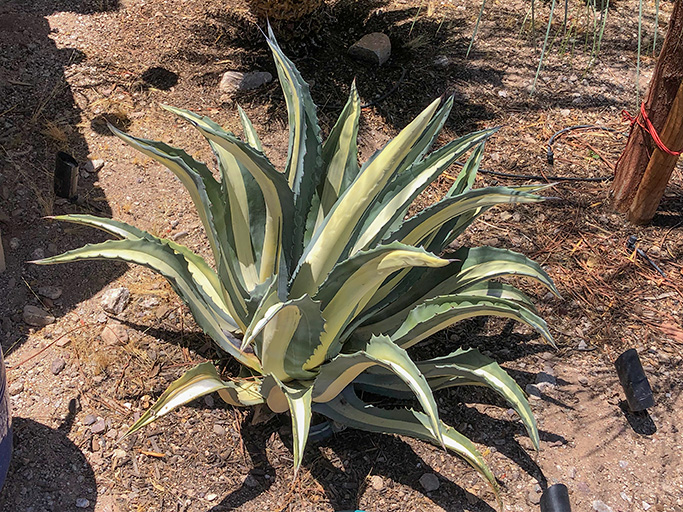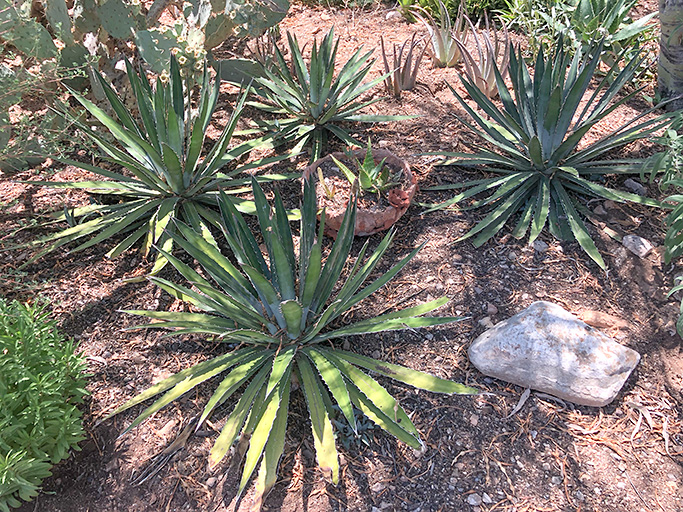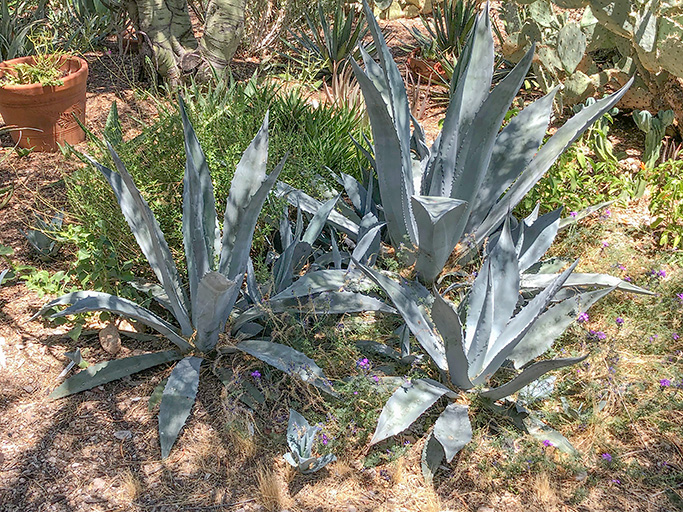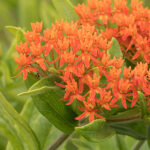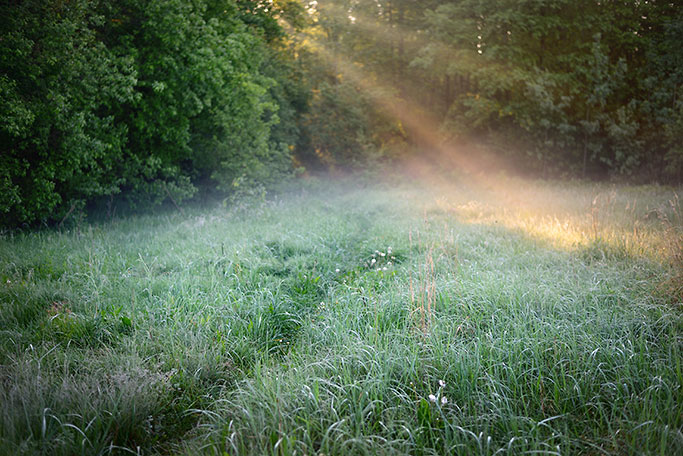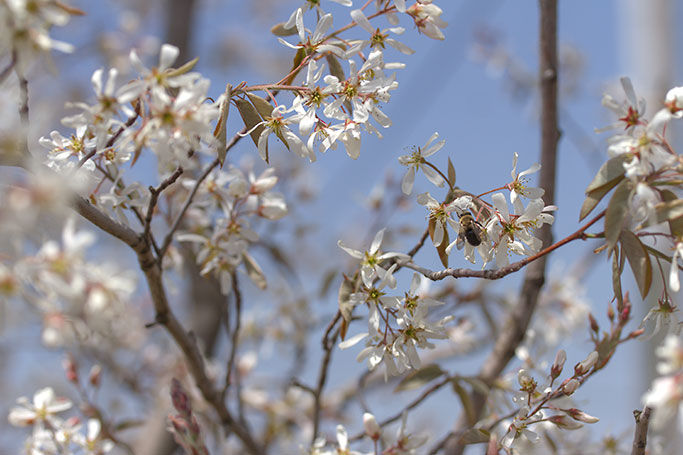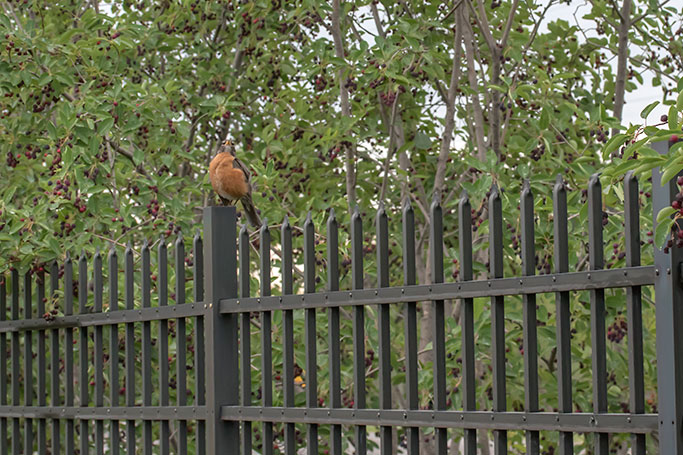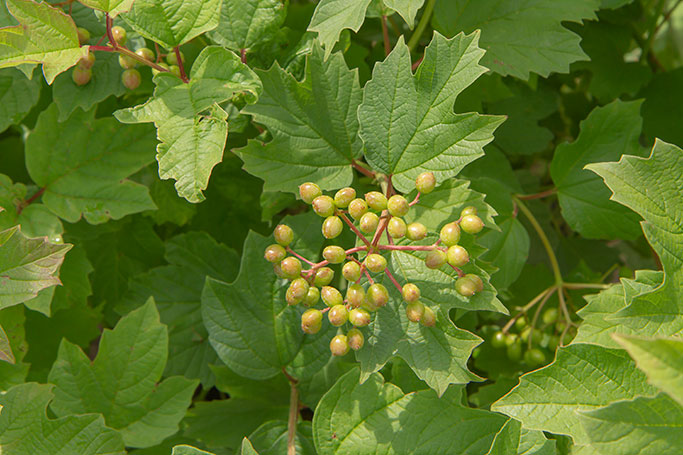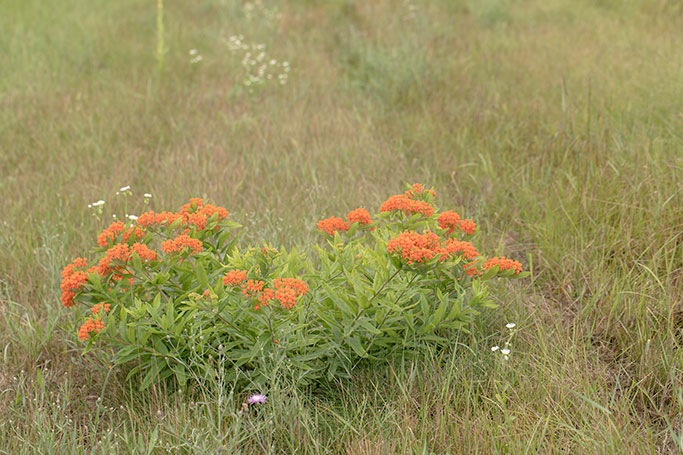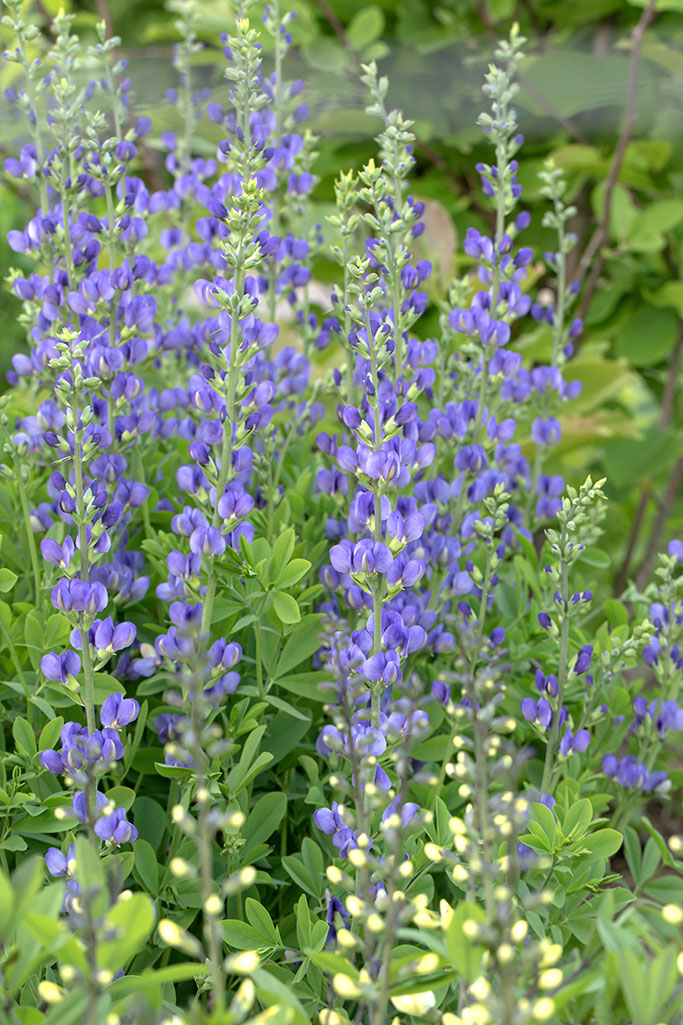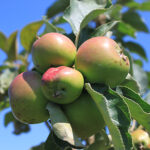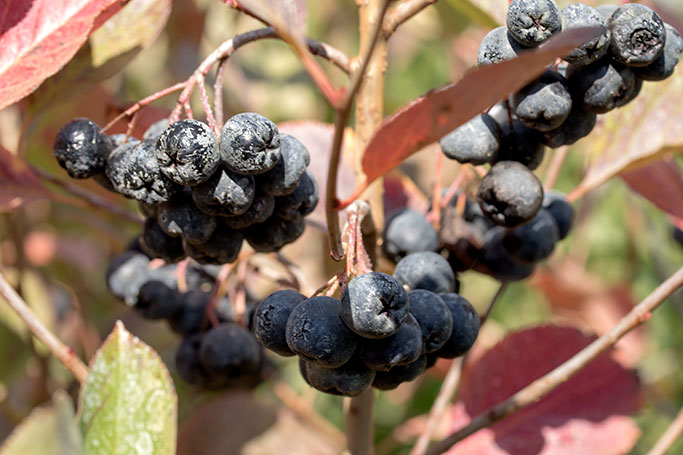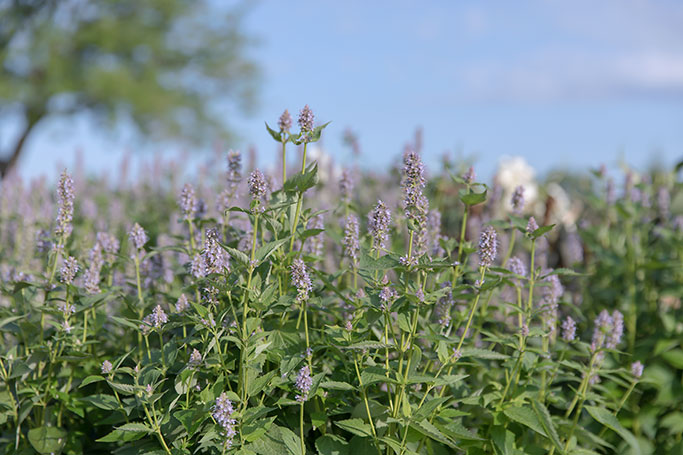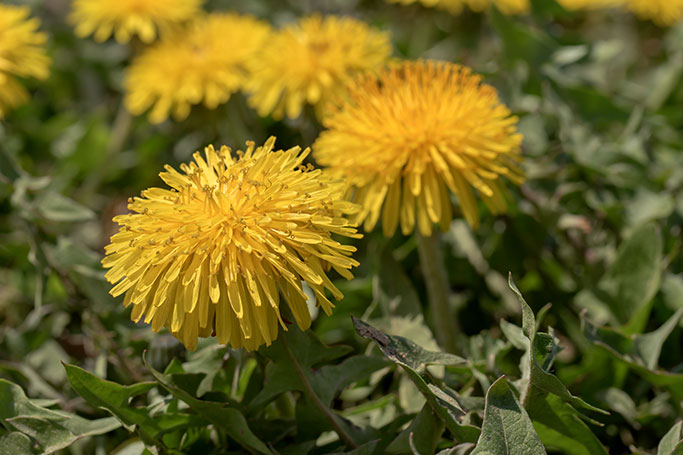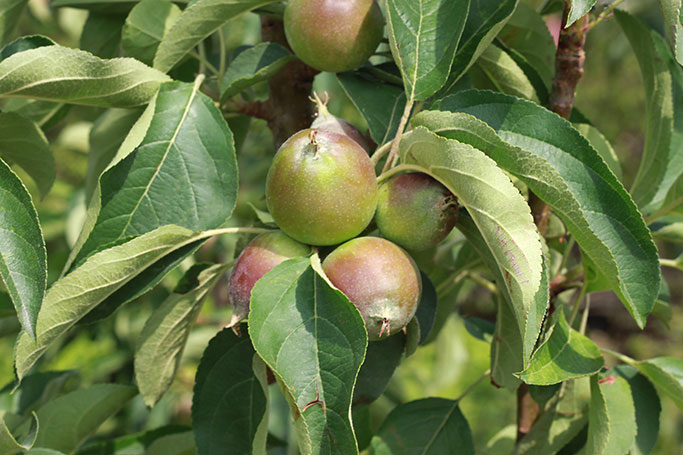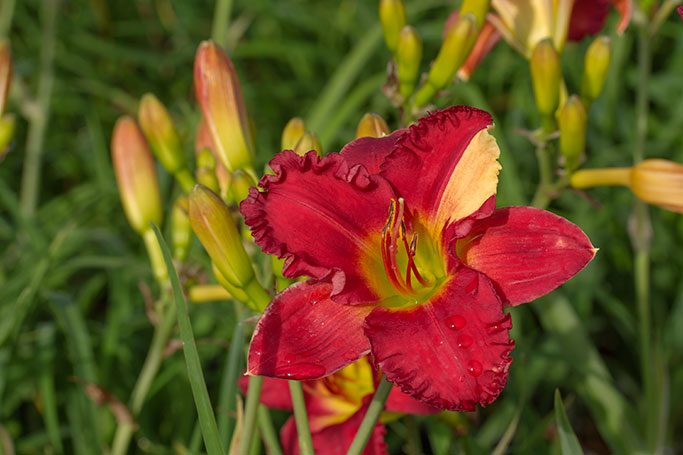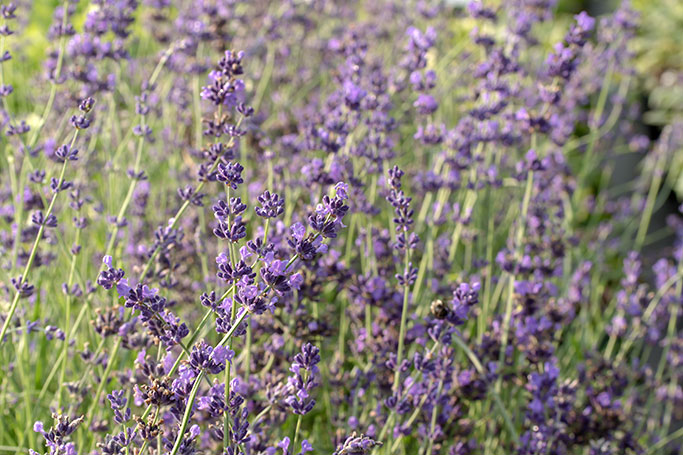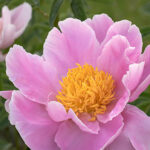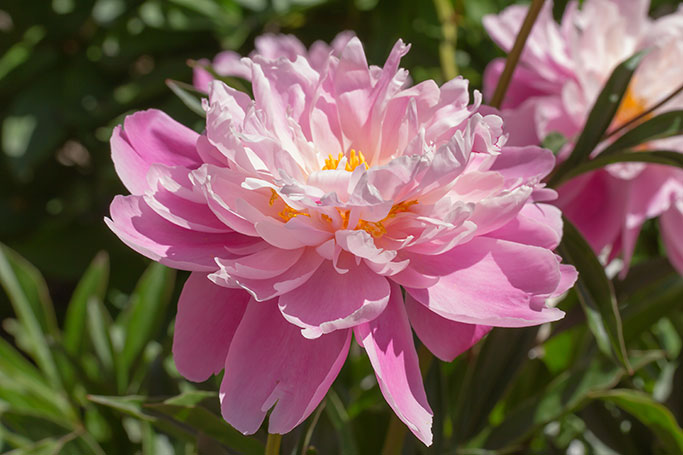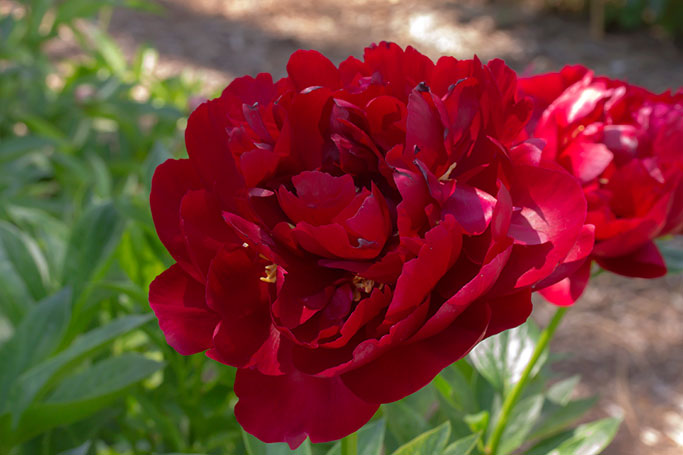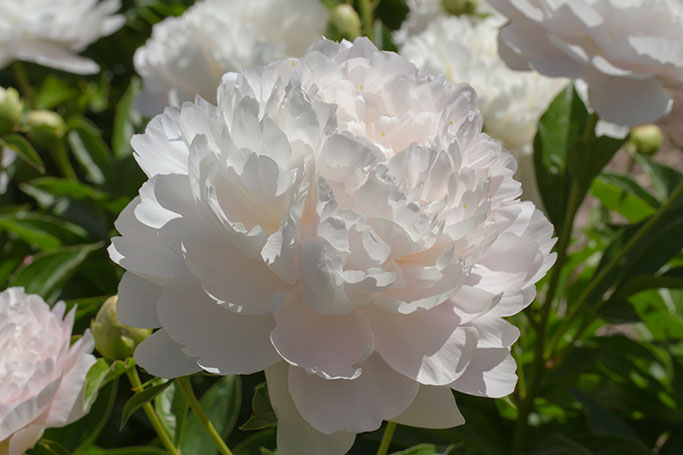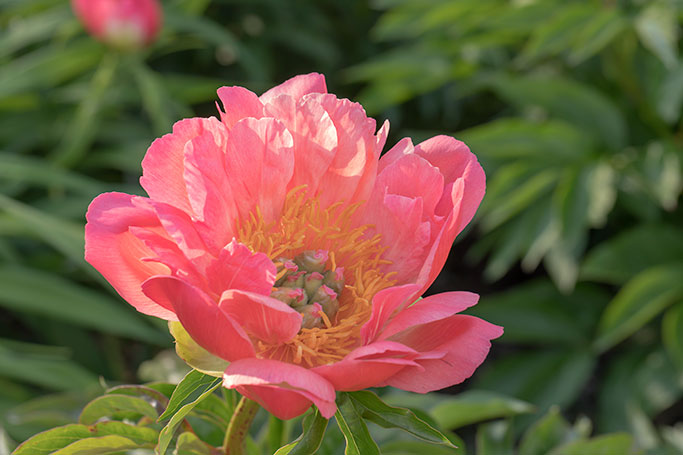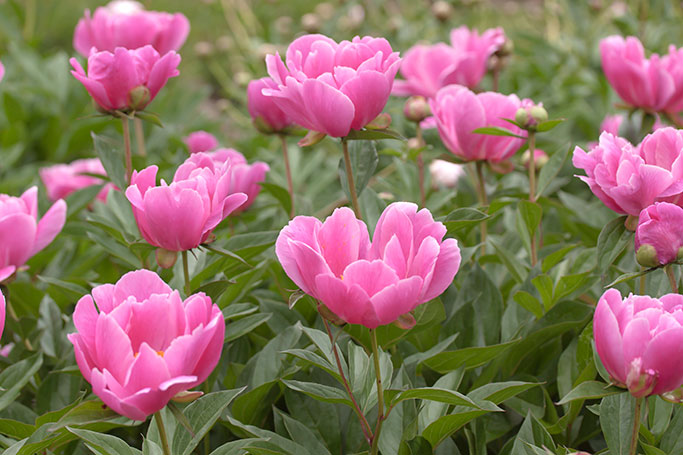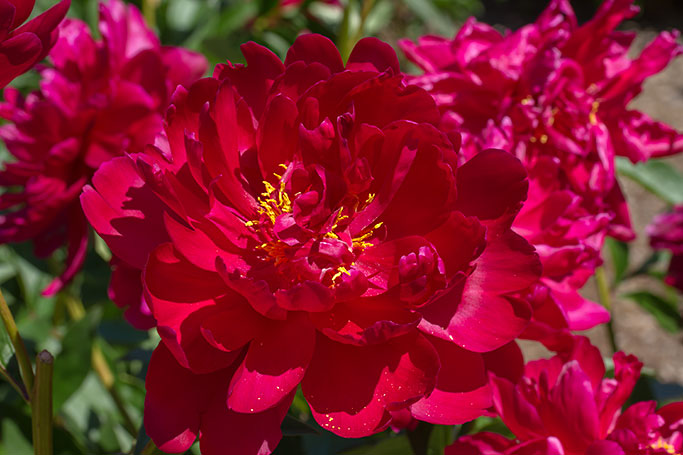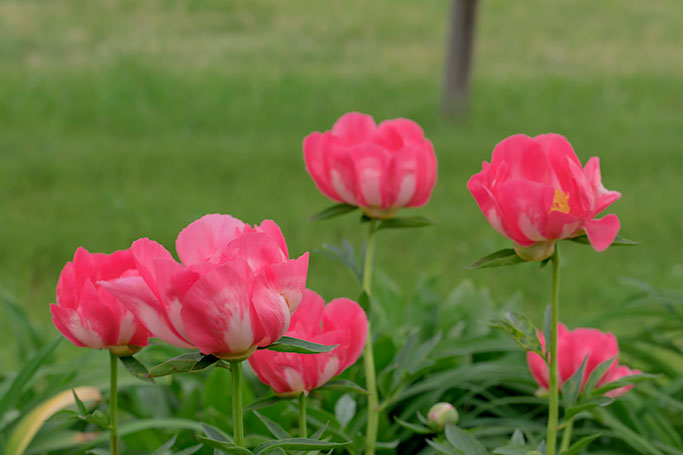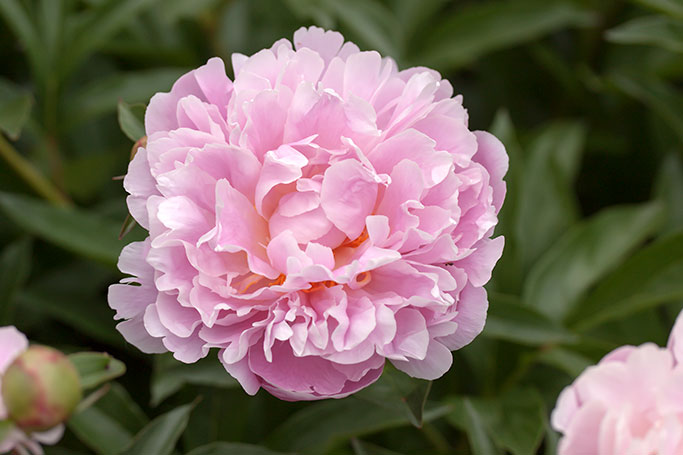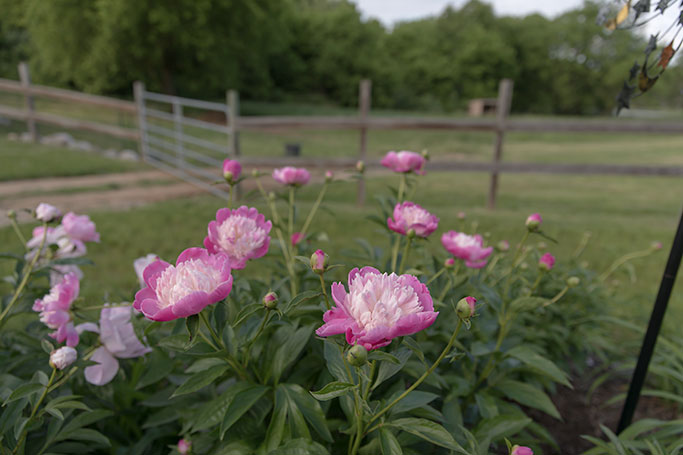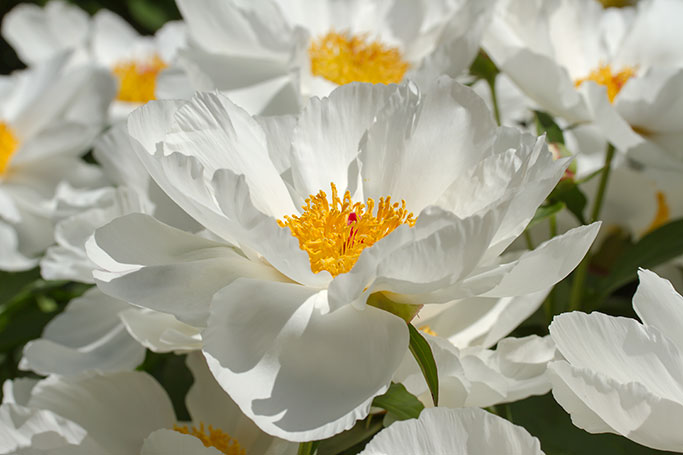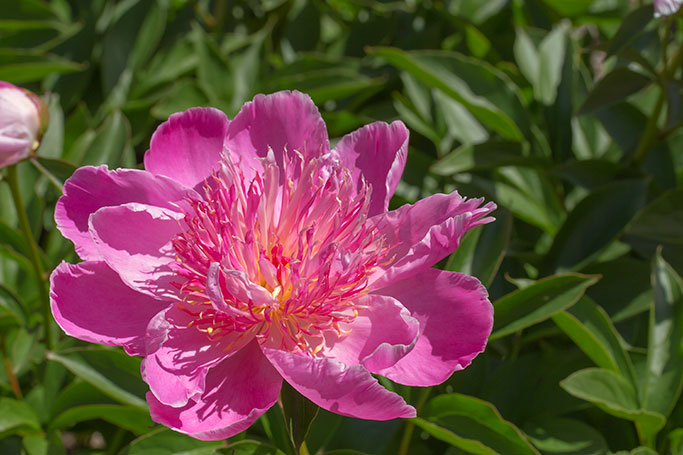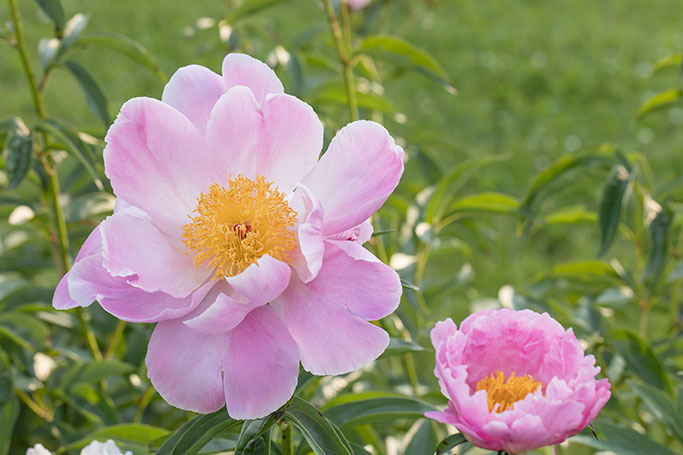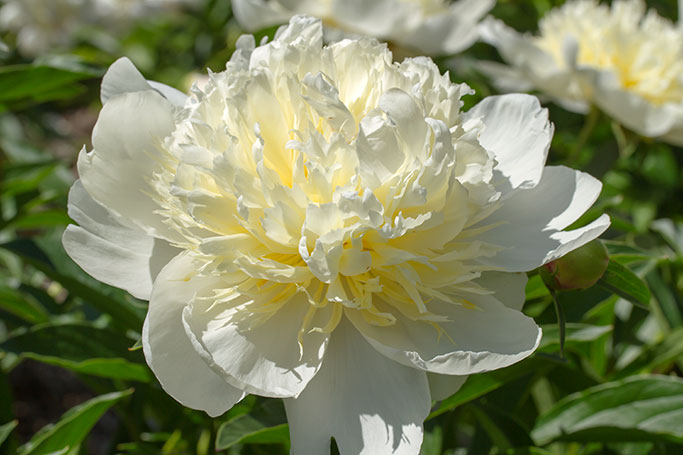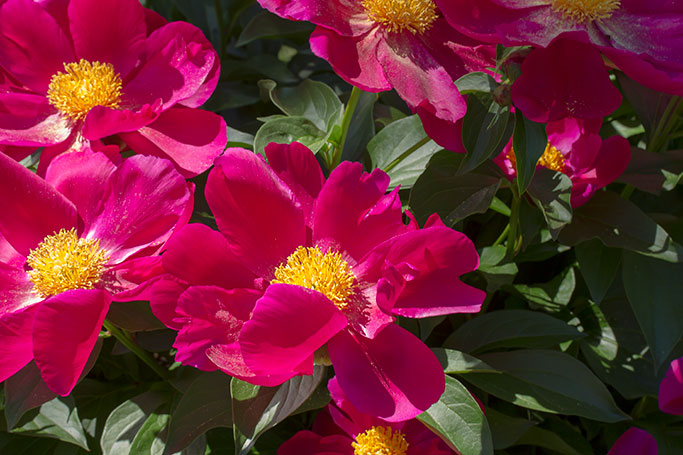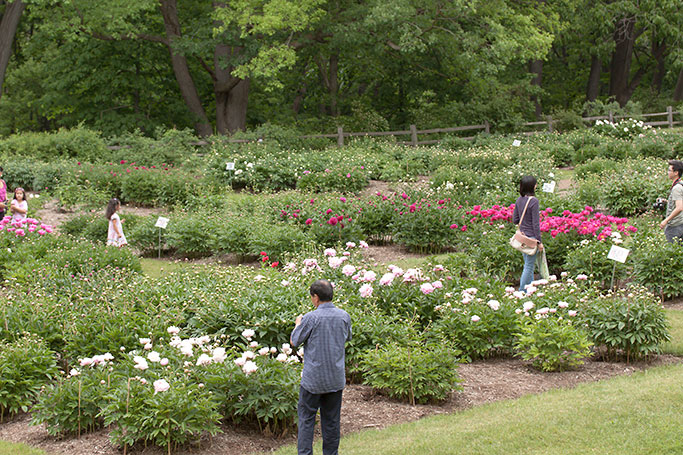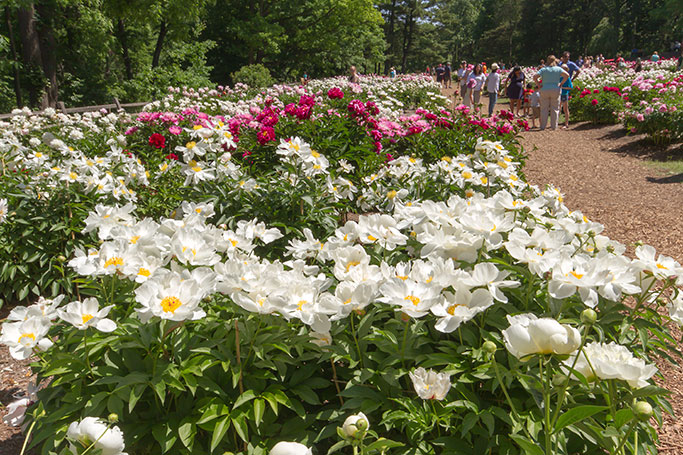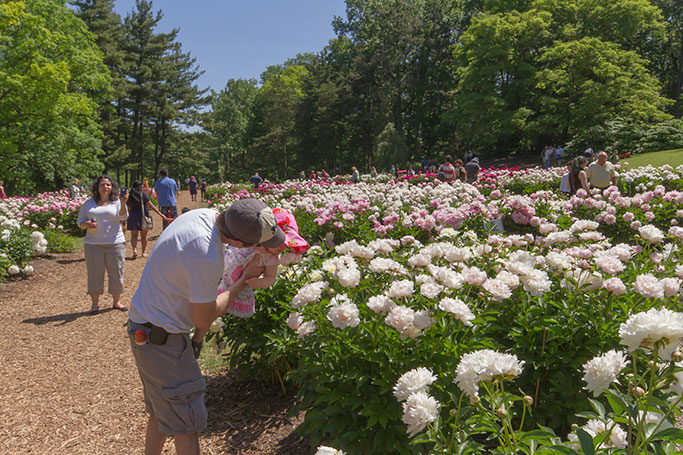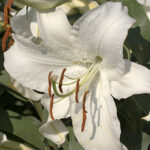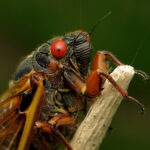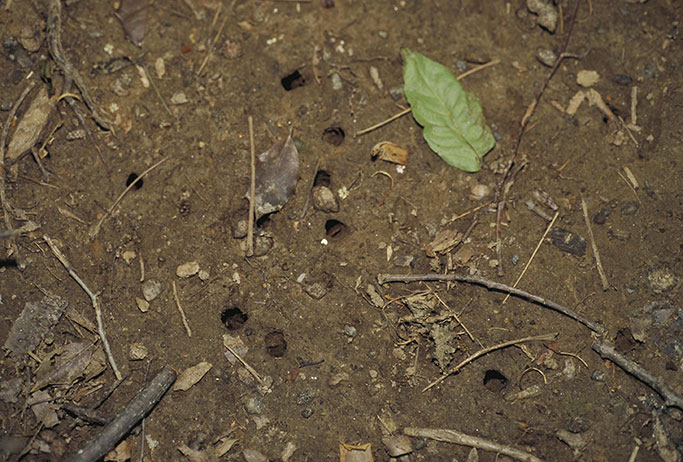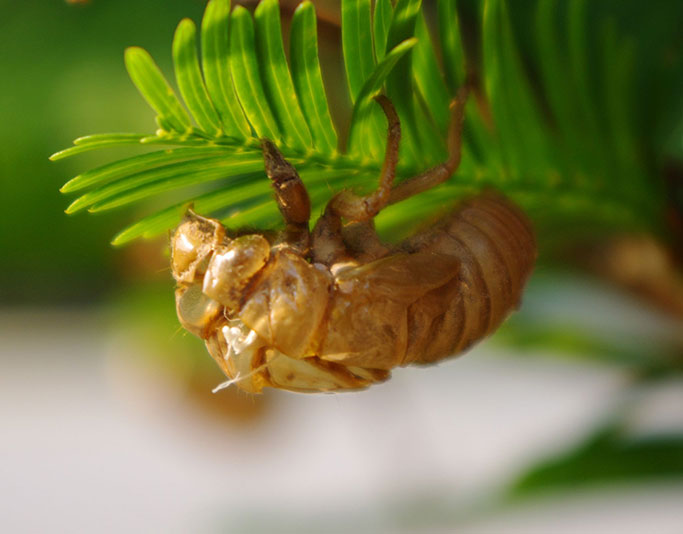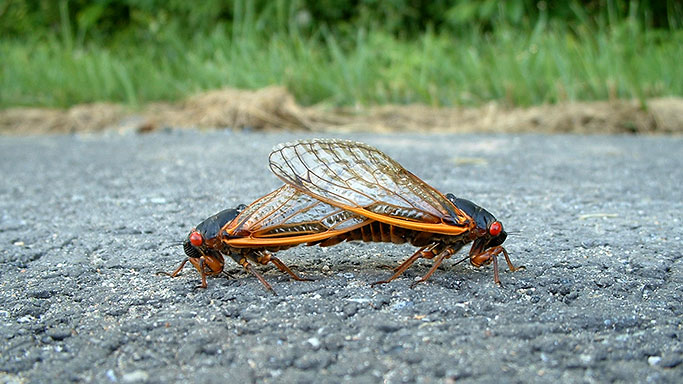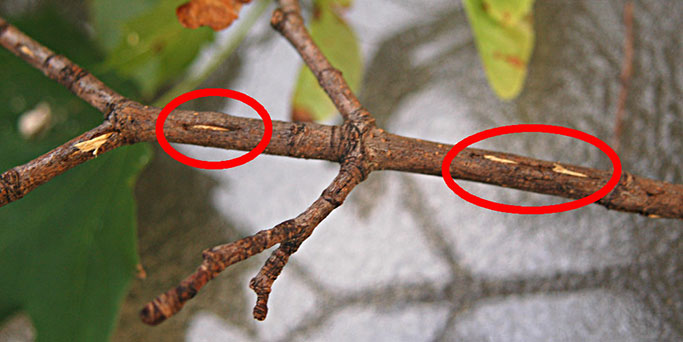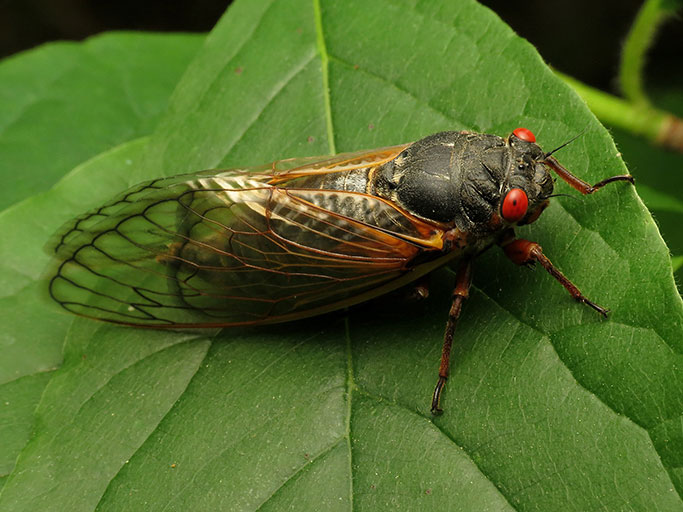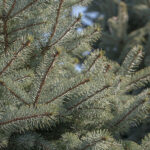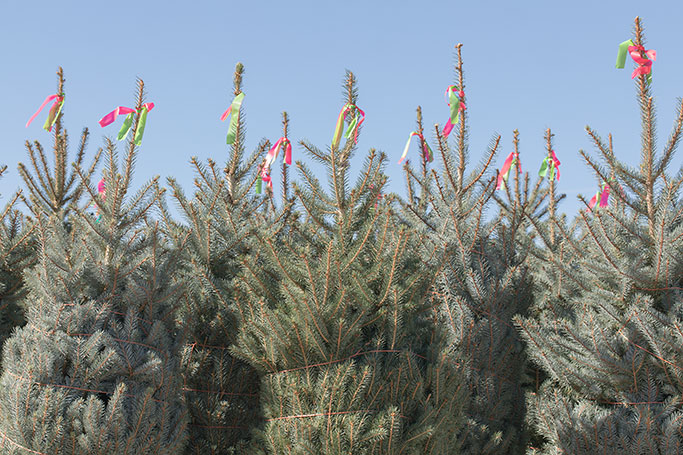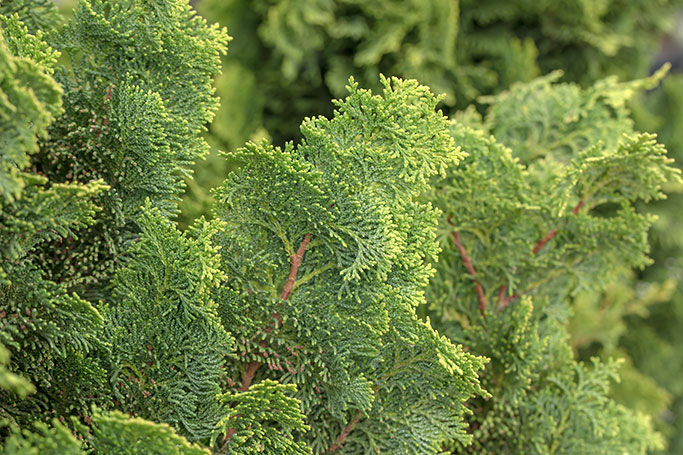If you’ve ever spent any time in the Sonoran Desert, shade is a huge commodity, and there aren't a lot of shade trees. Fortunately there is a fast growing member of the legume family that is native to that desert and does provide shade with it’s 25’ x 25’ multi stemmed canopy, and it is used extensively in the Phoenix area as a landscape and street tree. It is the Palo Verde.
This tree not only provides the important function of providing shade, it is quite beautiful. Palo Verde roughly translates to ‘green stick’ or ‘green pole’. This is because the trunk and branches are green, and there is a fascinating reason for this.
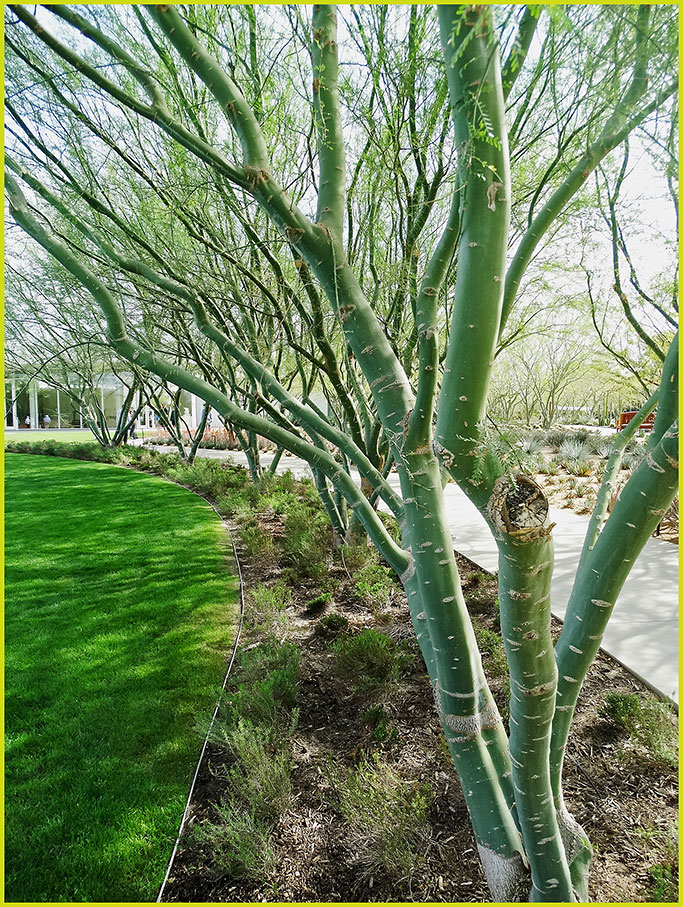
inkknife_2000 (7.5 million views +), CC BY-SA 2.0 <https://creativecommons.org/licenses/by-sa/2.0>, via Wikimedia Commons
The tree is full of small leaves that will drop during cold weather or drought. The Palo Verde’s trunk and branches are green because they contain chlorophyll and allow the tree to survive tough times by continuing to be able to photosynthesize without its leaves.
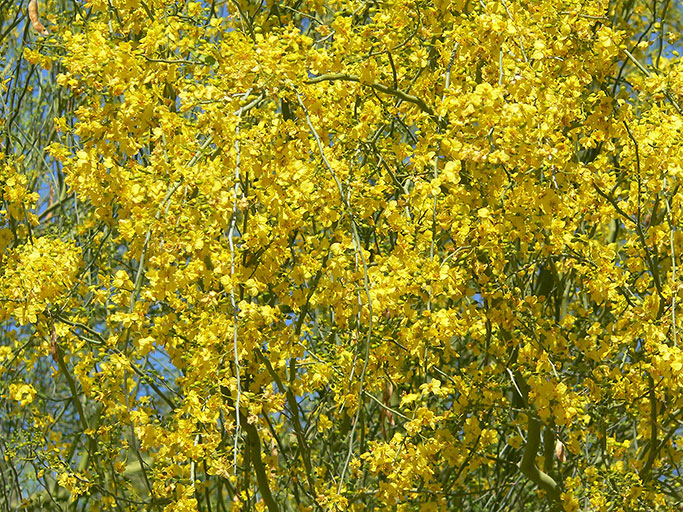
Stan Shebs, CC BY-SA 3.0 <https://creativecommons.org/licenses/by-sa/3.0>, via Wikimedia Commons
The tree has another beautiful feature which is the mid-spring emergence of yellow flowers all throughout the canopy. This bloom can also occur during unexpected summer rain events. And the tree supplies seed pods which are a source of food for many native animal species.
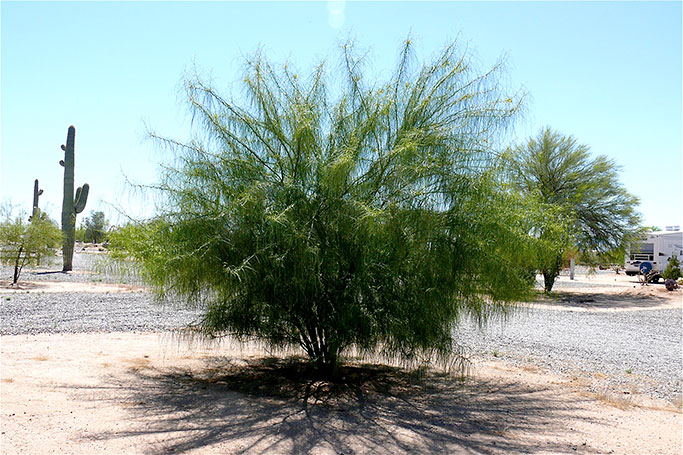
Larry & Teddy Page from Cedar, Michigan, USA, CC BY 2.0 <https://creativecommons.org/licenses/by/2.0>, via Wikimedia Commons
A good location in the landscape for this tree is a patch of sandy/gravelly, well drained soil in full sun. It is recommended to prune the tree often when young to develop the ability to walk or sit under it, though you should make sure to prune in warm weather as pruning in cold weather is damaging to the plant. Newly planted and young trees benefit from supplemental watering to help get them established. Continued supplemental watering once established will encourage faster growth and a thicker canopy, but this practice will shorten the life of the tree which on rare occasions can reach the century mark.
Despite how common this plant is in Arizona landscapes, there is a good reason for it and the commonness did not diminish the beauty of this plant for me. I would probably cultivate several of these trees for their shade with brief forays into the blistering sun to visit my agave before running back to the protection of their canopy where there would be some delicious ‘prickly pear’ lemonade or iced tea waiting for me. I wonder if there are understory plants that grow in the desert...?

